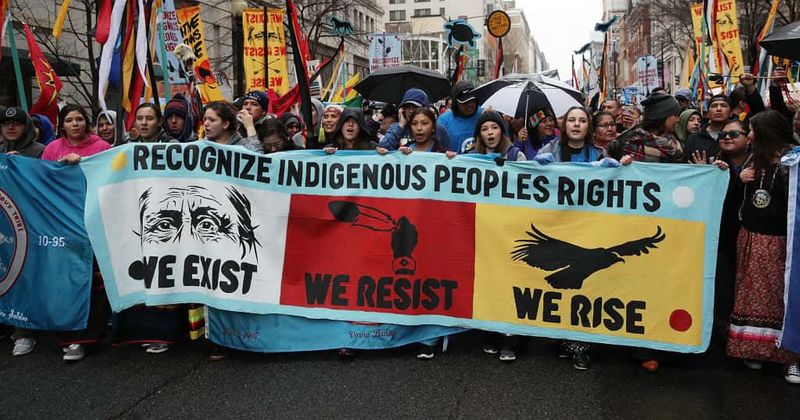The Downsides of Thanksgiving
November 14, 2022
As the leaves fall and November continues on, Thanksgiving’s presence moves forward in the hearts and minds of many Americans. This popular holiday, featuring a feast, family time, a break from school, and football is easily one of the most popular national holidays. However, despite Thanksgiving’s reputation as a loved holiday that people look forward to year-round, there are some massive downsides that come as a result of the celebration. This article is not intended to prevent anyone from celebrating or enjoying Thanksgiving, as this holiday is a great chance to unwind and relax with loved ones. However, it is important to be aware of some of the downsides of Thanksgiving, and of course, of the people who made this special day possible.
First and foremost, Thanksgiving is a holiday deeply rooted in oppression. While the story told every year is about a meal shared between the Pilgrims who had recently arrived in America and the Native Americans who helped them, the tale beyond the first Thanksgiving feast is often neglected. This darker and more accurate version of the story shares how Native Americans caught and died from European diseases, and how European settlers forced the native people to adopt their Eurocentric ways of life. In addition, after a new Wampanoag leader, Metacomet’s, men killed a translator (a Christain convert named John Sassamon), they were executed. This sparked a vicious war known as King Philip’s War (King Phillip was Metacomet’s English nickname). During the war, the English terrorized and killed many of the few Native Americans remaining as around ninety percent of the population had been killed by disease. Thanksgiving is often a time of mourning for Native Americans today.
Not only does Thanksgiving glorify brutality and injustice, but it has a negative impact on the environment. The average Thanksgiving dinner for twelve people emits around one hundred and three pounds of carbon dioxide. This includes cooking (like oven use) and of course, the ingredients. The Thanksgiving turkey is the dish with the largest contribution to the carbon footprint of a Thanksgiving dinner, and it does not help that over forty-five million turkeys are sold on Thanksgiving-more than Christmas and Easter combined! Not only is this spike in Turkey consumption terrible for the environment, but many would consider it unethical due to the widespread slaughter of turkeys and the terrible factory farm conditions that they endure.
In two weeks, we will be sitting around the table with our families, saying what we are thankful for. In this moment of gratitude, it is important to consider the people who have less than us, and who have had things taken away from them for our Thanksgiving celebration. Thanksgiving does not just have to be about our own personal triumphs: it can also be about looking out for others and making the world a better place.
Sources:


